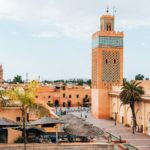Barcelona is a city on the coast of northeastern Spain. It is Spain’s 2nd largest city, with a population of 1.6 million. Barcelona is not only beautiful, but it has a lot of cultural interest. It is a leading world city, and acts as a major economic, and financial centre in southwestern Europe. Whilst in Barcelona you will enjoy a wide range of leisure options and explore a variety of artistic treasures whilst absorbing the immaculate architecture around you.
Get the most of this city which never sleeps with these 21 things to do …
MUST-DO
Catedral de Barcelona
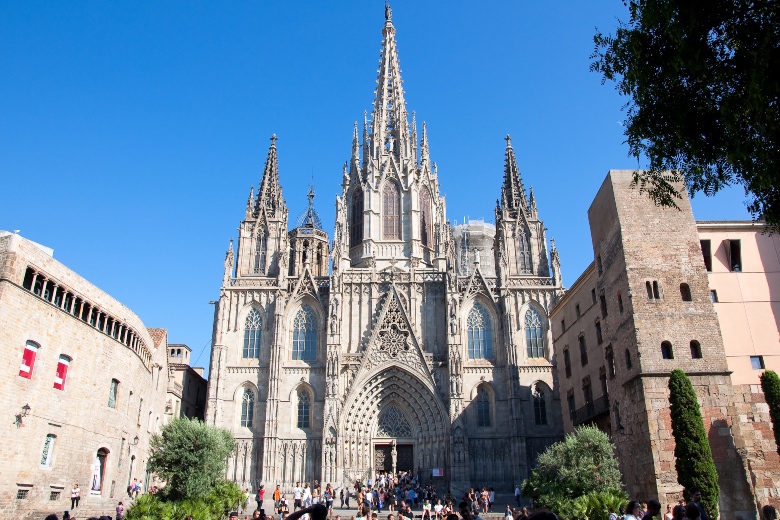
Catedral de Barcelona is Barcelona’s magnificent Cathedral. It is truly a sight to behold and sees about three million visitors each year. The Cathedral is dedicated to the martyr Santa Eulàlia, the patron saint of Barcelona. As one of the city’s most remarkable landmarks, prepare to be amazed at the stained glass windows dating back 500 years. Located in the gothic quarter of Barcelona, the cathedral’s Gothic architectural style is particularly evident. Its most notable features include pointed archways, ribbed vaults and many gargoyles. The building which was consecrated in 1339 still acts as a place of worship and also celebration. Before the end of your visit, access the roof via the elevator and digest the breathtaking views all around you.
Tip: Locals refer to the Cathedral as La Seu so if you are ever lost and looking for it, try and mention that name instead!
Montjuïc

Montjuïc is a popular hill in Barcelona. It translates to the “Jewish Mountain” and rightly so as remains of a medieval Jewish cemetery have been found there. Montjuïc rises 173m above sea level, and is a treasure chest of attractions waiting for you to explore. You are able to visit the Montjuic Castle, the Olympic Stadium, the Botanical Gardens and the Joan Miro Foundation, one one side of the hill. On the other side of the hill, you can discover Poble Espanyol, the MNAC museum and Magic Fountain. The best way to explore all of these sites is to get on the Montjuic cable car. It is a fun way to travel, but will also offer you the most panoramic views of the city.
Note: There are several 15-minute shows a night at the city’s magic fountain, so make sure you dont miss it!
Camp Nou

Camp Nou is a football stadium in Barcelona, it is the home stadium of FC Barcelona. The stadium has a seating capacity of 99,354, making it the largest stadium in Spain and also the whole of Europe. It ranks as the 3rd largest football stadium in the world. You can best experience Camp Nou by actually attending a home game, however, if your dates do not align you can still book the club’s famous Camp Nou Experience. This experience is just as amazing and is inclusive of a stadium tour, taking you to the stands, players’ tunnel and away dressing room. You will then head to the FC Barcelona Museum. All seats are actually owned by season-ticket holders, who then release them to the public if they can’t go.
Whether you are a football fanatic, or just a regular tourist Camp Nou is somewhere you should experience!
Note: The stadium tour is unavailable on or just before match days so make sure to keep an eye out for them.
La Boqueria
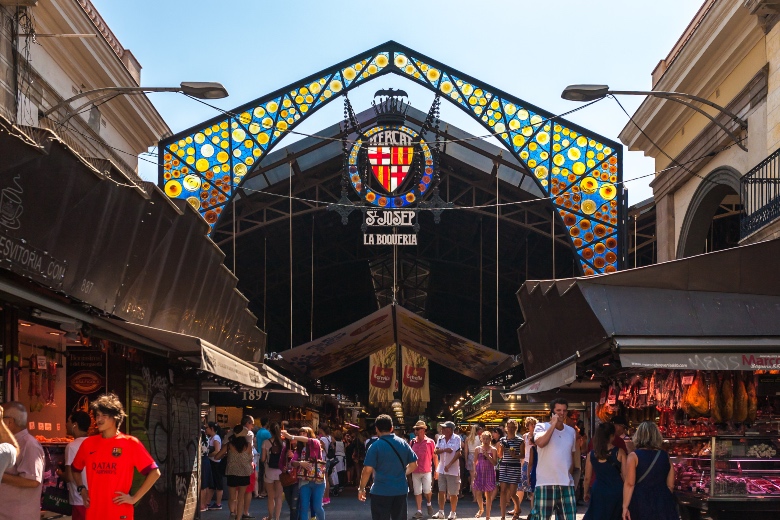
Go to La Boqueria for all of your fresh food needs. La Boqueria is Barcelona’s best-known municipal market. Although this exact spot has only witnessed trade for about 200 years, there has been a Boqueria market in Barcelona since medieval times. There are more than 200 stands at the market which sell a mixture of fruits, vegetables, cold meats, cheese and also olive products. The smell is unmistakable of ocean-salty and freshly fried fish. Whether you want to shop or just take in the sights, revel in the sounds of a bustling urban market.
La Boqueria is also very famous for fried eggs with baby squid, so make sure to try some whilst you’re there.
Beach Time!
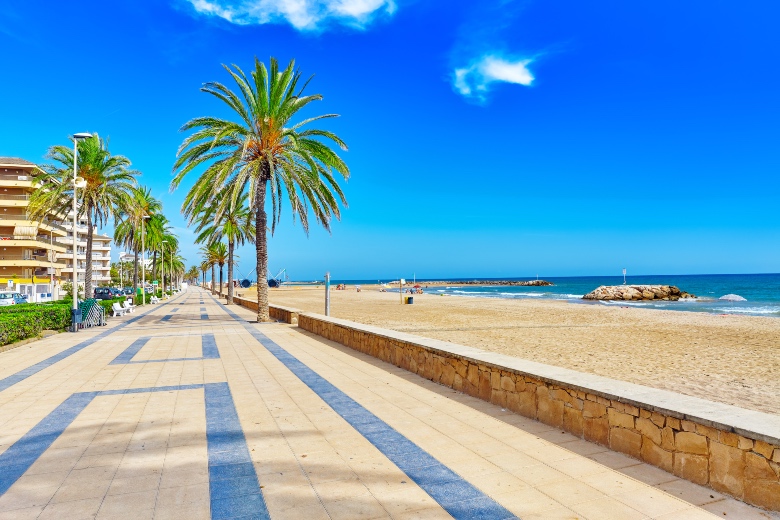
Barcelona has many charming beaches for you to choose from. With more than 300 days of sun a year, coupled with tt’s 4.5km of coastline, you are left with many options. The beaches are beautiful with the most golden sands and clearest of waters. Whether you want to take part in activities such as volleyball or windsurfing or you simply want to soak up the Mediterranean sun, a trip to the beach will do you good. Explore Bogatell Beach, Barceloneta Beach, Mar Bella Beach, Sant Sebastià and Nova Mar Bella Beach. You will not be disappointed!
At many of the beaches you will find beach bars (which are called chiringuitos). These are a perfect place to sit in the shade, eat a cool snack and enjoy a refreshing cocktail (or two). These chiringuitos also turn into bars at night, so may be worth revisiting later in the evening.
EXPLORE BARCELONA THROUGH GAUDI
La Sagrada Família
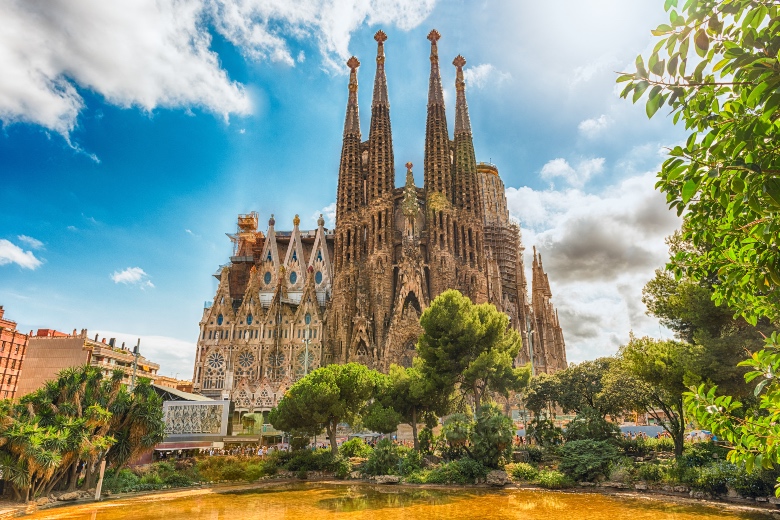
La Sagrada Família is a must go whilst in Barcelona (it is practically illegal not to go here honestly!). The La Sagrada Família is an undisputed icon of Barcelona, and is known as the world’s largest unfinished church (it has been under construction since 1882).The giant Basilica is Antoni Gaudí’s best-known work. The building is simply magnificent. Even though there are 8 towers at La Sagrada Família, only two towers are actually open to the public. These are the Nativity facade and the Passion facade. A guided tour with access to one of the church towers, is highly recommended for great panoramic views of Barcelona. By the end of construction, there should be 18 towers, 12 representing the apostles, 4 representative of the evangelists, 1 designated for the Virgin Mary, and the highest one in the middle representing Jesus Christ.
Tip: Be sure to book a ticket in advance so you can actually get in – dates are available 3 months in advance.
Casa Batlló
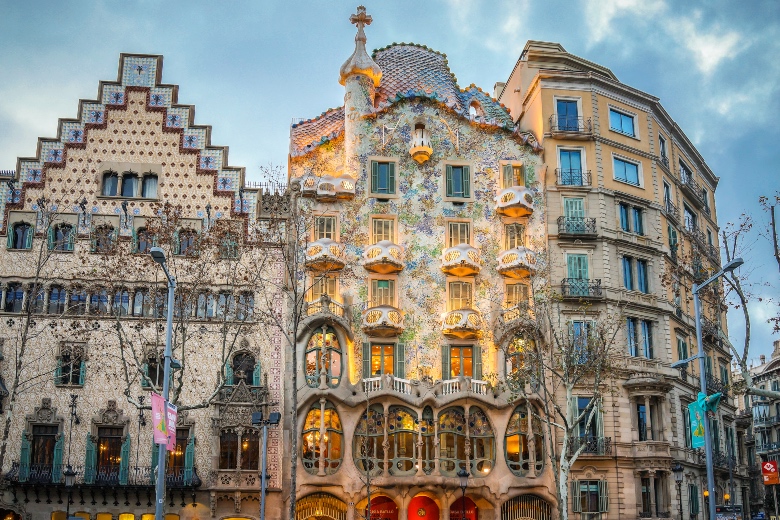
Casa Batlló is one of the many of Antoni Gaudí’s creations. The building is right in the centre of Barcelona, and is considered one of his masterpieces. Casa Batlló is thought of as a unique façade, which induces passers-by to contemplate it, no matter the time of the day. This architectural gem is one of the most highly rated cultural and tourist attractions, and welcomes 1 million visitors every year. The attention to detail at Casa Batlló is amazing, the tiles of the roof are the scales of a dragon, whilst the body of the building features columns in the shape of bones. It is decorated with a modernist floral element.
If you want to discover more of Gaudí’s work and modernism, Casa Batlló is one of the finest examples to visit.
Park Güell
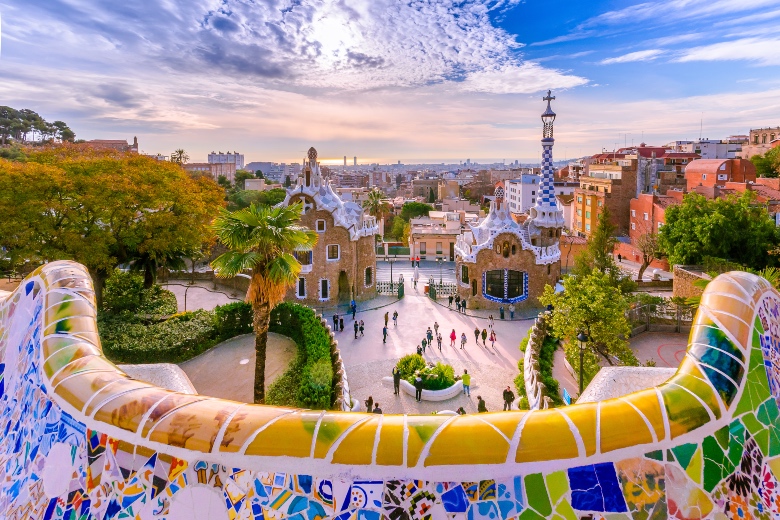
Park Güell is another of Gaudi’s works. It is a garden complex which is located on Carmel Hill and is one of the largest green spaces in Barcelona, with more than 17 hectares. The colourfully-tiled park features sculptures and gardens. The stone structures are stunning in the midst of the coloured tiling. At the entrance to Güell Park, you will see the exquisitely tiled dragon fountain. There are also immaculate serpentine benches which are decorated with polychrome mosaics of broken stone, ceramic pots, and old tiles. If you have the energy, venture to the park’s highest point, (marked with a cross) for amazing views of the city.
You can get a free ticket which will get you into the park. However, it is suggested that you book a Monumental Cove ticket in order to get into the best parts of Park Güell.
Casa Milà
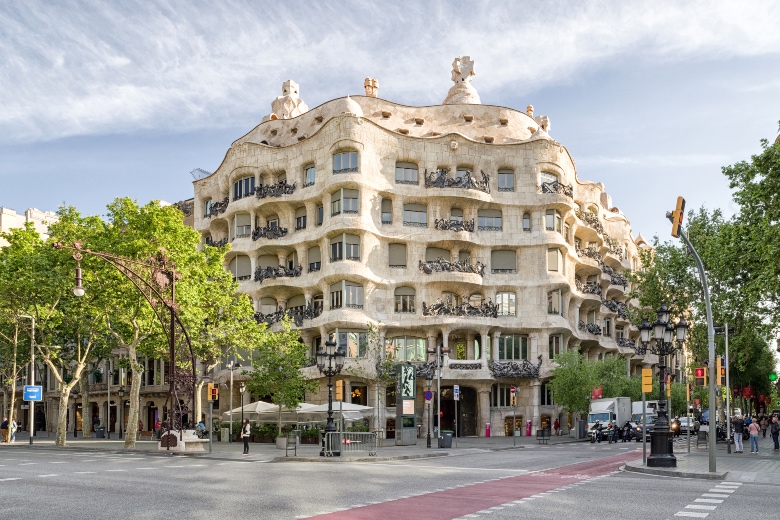
Casa Milà is another of Gaudi’s buildings which was completed in 1912. It is popularly known as La Pedrera (which translates “The stone quarry”). The building first started out as residential apartments, however it is now a cultural centre that hosts exhibitions, conferences and other activities. There are still a limited number of rented residential apartments in the building. Casa Milà’s unconventional rough-hewn appearance is note-worthy, the building does not have a single straight line. The wave-shaped facade is emphasised in the 33 stone balconies. There are many other contemporary innovations here, including the self-supporting stone facade and underground car park.
Note: Casa Milà is also the only place you can find a Gaudí interpretation centre.
OTHER REALLY FUN THINGS TO DO
Tibidabo
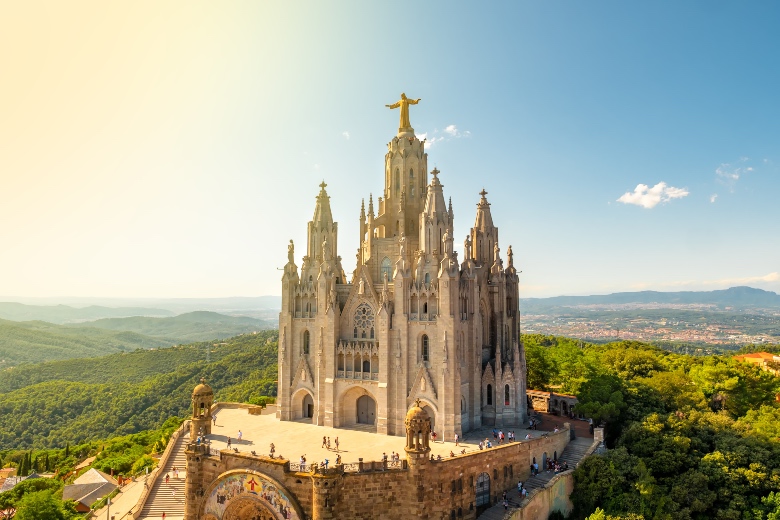
Tibidabo is a hill overlooking Barcelona, it stands at more than 500 meters tall. The top of Tibidabo is crowned by the cathedral del Sagrat Cor. This church was constructed between 1902 and 1960. Admission to the church is free and so go and view the picturesque stained windows and beautiful stone work. You will also find a bronze statue of Jesus Christ at the very top of Tibidabo which gives you an unforgettable 360 view of Barcelona.
Another notable landmark on the top of Tibidabo is the 288 meter Torre Collserola Television Tower. This was built for the transmission of the 1992 Barcelona Olympics.
Tibidabo also makes up a fairground. Tibidabo’s amusement park stands on Mount Tibidabo, the highest point on the Collserola Ridge. It is among the oldest amusement parks in the world still functioning. There are thrilling rides which offer much fun for younger family members and ensure a great day out.
Chocolate Museum
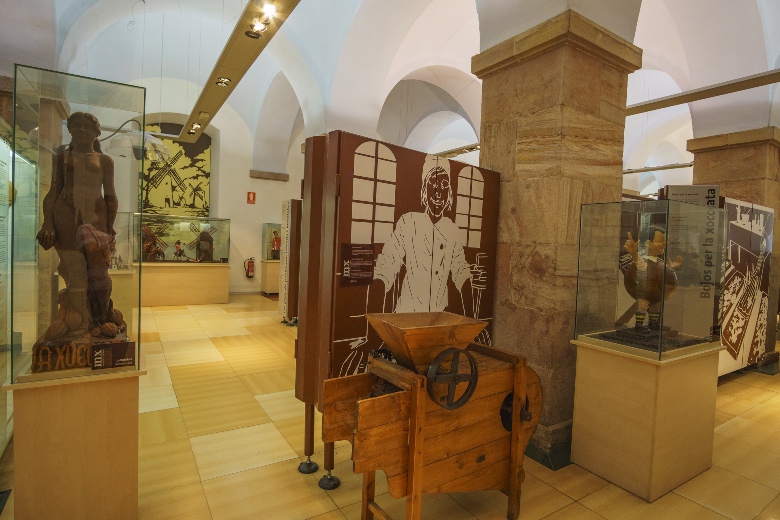
Museu de la Xocolata is a private museum in Barcelona which opened in 2000. The museum is located in the Born district and shows the history of chocolate in Europe. You will explore cocoa plants and the fruits of the tree.
You will also learn about the recipe of “Xocoatl”, which is the cocoa drink of the Aztec. The Museu de la Xocolata offers regular events, tours and workshops on everything surrounding the matter of chocolate. You can also learn how to make sculptures from chocolate, which is really exciting!
Although it is one of the smaller museums in Barcelona, it is one that is bound to tease your appetite. Your senses will be tickled by the smell of chocolate all over the place.
Note: At the entrance, you receive a piece of chocolate, so try and see how long you can savour it.
Santa Maria del Mar
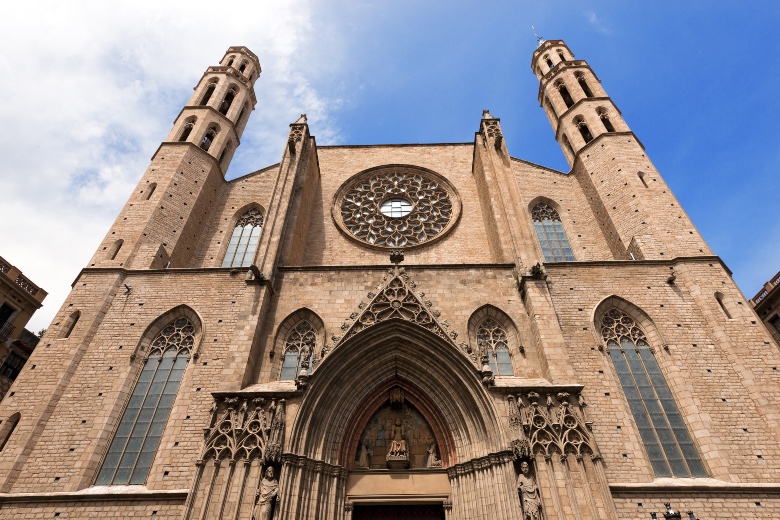
Santa Maria del Mar is a church in the Ribera district of Barcelona. The fortress-like church is one of Barcelona’s landmarks, and is a perfect example of Gothic style architecture. At the church, there is no mixture of architectural styles due to it being built within 55 years (from 1329 to 1384). Santa Maria del Mar is structured with three naves of the same height, which are underpinned by very tall columns set 13 metres apart. The stained-glass windows inside the church flood the room with subdued colored light. The church is alluring and is definitely a local favourite.
Fun fact: Ildefonso Falcones’ thriller novel Cathedral of the Sea, explores the construction of this particular Gothic church as it’s backdrop.
Parc del Laberint d’Horta
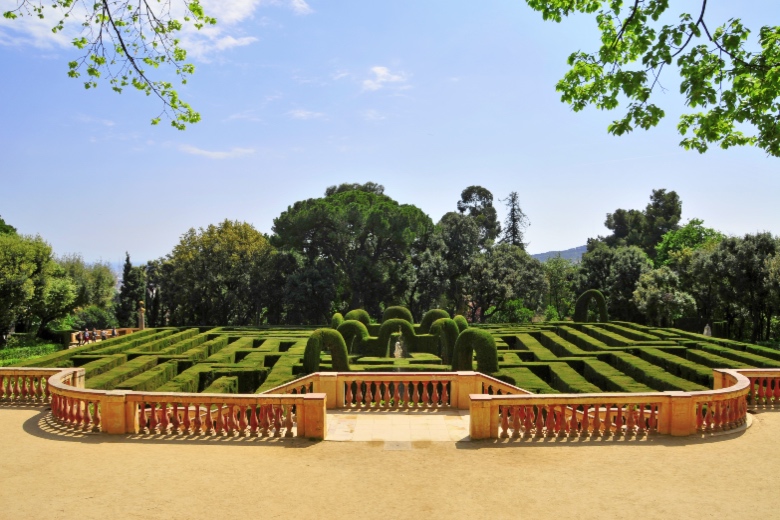
Parc del Laberint d’Horta is the oldest historical garden in Barcelona. As it is outside the tourist trails. you will be able to enjoy much peace and quiet at Parc del Laberint d’Horta. The Labyrinth Park is a total of 55 hectares of partially landscaped gardens and is made from wide, domesticated cypress hedges. The entire Parc del Laberint is divided into the traditional park and the romantic garden. There are sculptures of mythological figures all over the park and the grounds are full of hidden corners to be discovered.
The maze is certainly harder to navigate than it looks, made of elaborate swirls of thick foliage. If you do get to the middle, you will be rewarded with a magnificent sculpture of Eros (The Greek god of love).
Picasso Museum
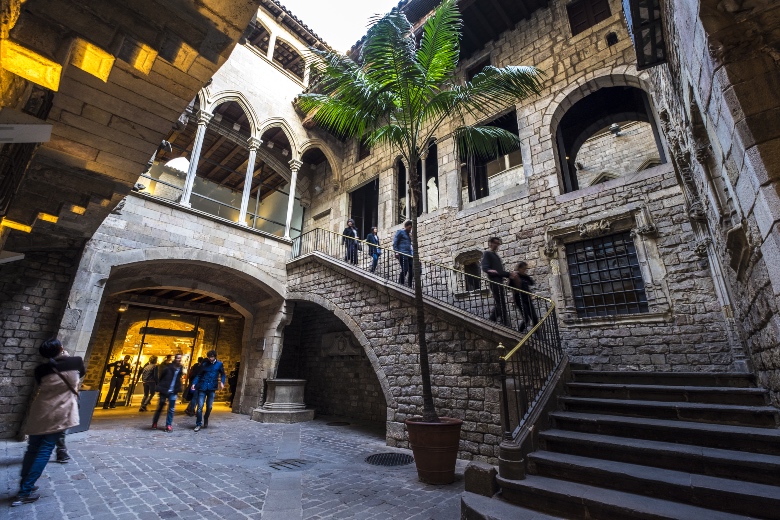
Picasso moved to Barcelona at the age of 14, so it is only right that he has a museum here too! This is one of the most popular tourist attractions in the city of Barcelona, located in the Ribera-district in the Old Town. The museum contains Barcelona’s very own collection of over 4,000 works by Pablo Picasso. It depicts his journey of moving from a classically trained painter to a Cubist pioneer. Today, the museum is spread over five Gothic palaces. The museum collection includes two of Picasso’s biggest works, the First Communion (1896) and Science and Charity (1897).
Visit the Picasso Museum and uncover the genius of his works.
La Rambla
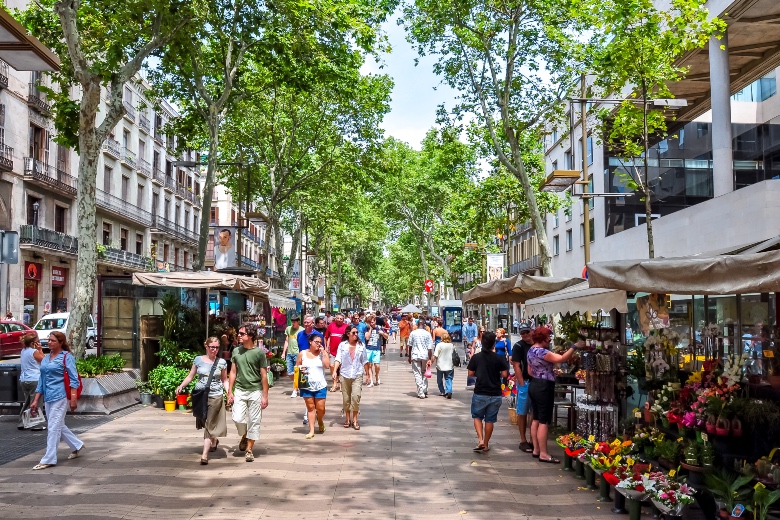
La Rambla is the city’s most famous street. It is a 1.2km boulevard and stretches from Plaça Catalunya to Port Vell. This is often the first landmark that most tourists identify with Barcelona. This street runs through the heart of the city centre and is very close to Barri Gòtic. La Rambla is primarily pedestrianized with only two narrow one-way traffic roads. The boulevard is lined by trees and a wide array of architectural delights. On the street you will see many beautiful buildings, living statues, street performers, flower stands and also get a chance to enjoy the tapa joints at Mercat de la Boqueria.
La Rambla is the best preferred strolling route for the city’s visitors, so why not take a stroll whilst you’re there?
Stroll through Barri Gòtic
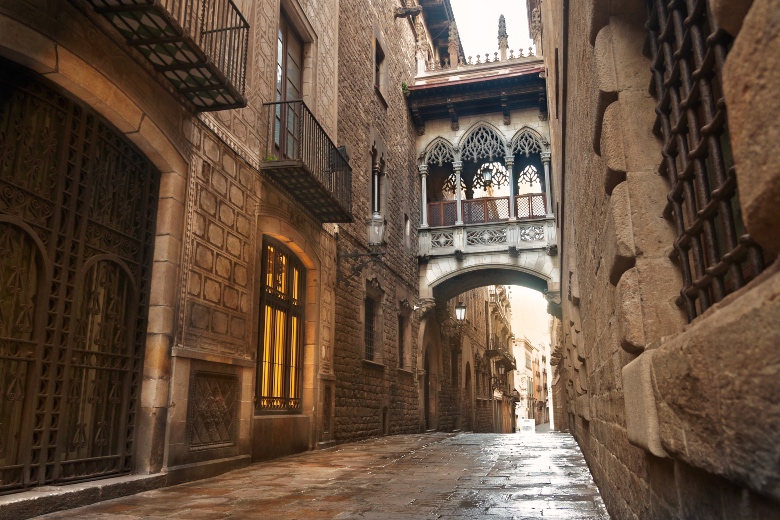
Barri Gòtic is Barcelona’s gothic quarter. Comprising the oldest parts of the city of Barcelona, this quarter has remnants of the Roman village that it once was. The streets are long-winding and narrow which allows you to wander around and lose yourself in Barcelona’s history. There are many squares at Barri Gòtic, Plaça de Catalunya, Plaça Sant Jaume, Plaça Reial and many more. Everywhere you go there is a guarantee of something to eat and drink.At Portal de L’Angel, you will find well-known brands of shops and also smaller boutique stands.
The gothic quarter is simply peaceful. Explore the magic in the old walls and uncover stories from long ago waiting to be told.
Tip: Make sure you’re wearing comfortable shoes!
Palau de la Música Catalana
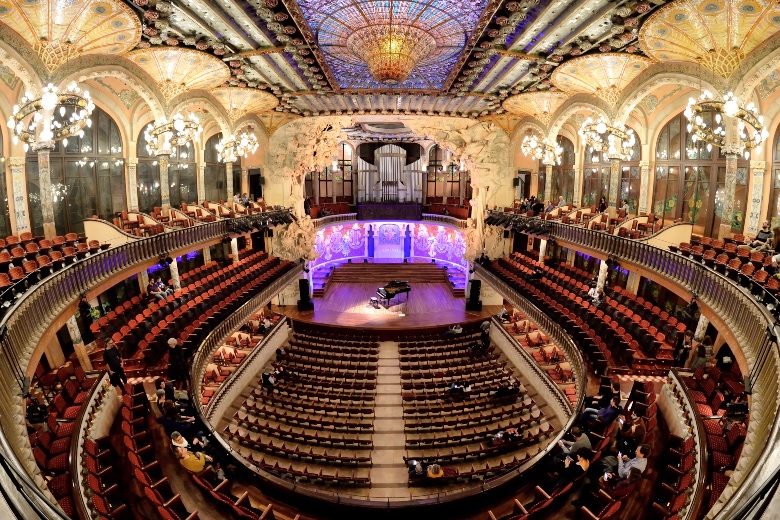
Palau de la Música Catalana is a concert hall in Barcelona. The palace of Catalan Music was designed by the Modernist architect Lluís Domènech i Montaner, and is very famous for its eye-catching design. It was built in just under three years, from 1905 to 1908. The magnificent building is representative of Catalan culture. Due to it’s stained-glass ceiling and clever design, the Palau de la Música relies entirely on natural light to illuminate the concert hall during daytime hours – it is the only European concert hall to do so. There are floral motifs everywhere, which give the Palau de la Música Catalana the appearance of a greenhouse.
Today, Palau de la Música Catalana still hosts regular performances by leading musicians from around the world. It has a capacity of 538 seats, so make sure to book in time.
Museu Nacional d’Art de Catalunya
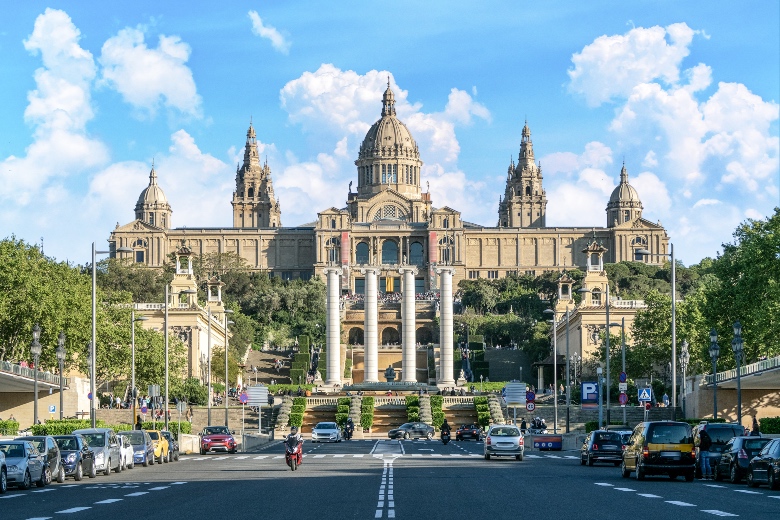
Museu Nacional d’Art de Catalunya is Catalonia’s national art museum. Built in 1934, the museum is located in the Palau Nacional of Montjuïc. The museum is representative of Catalan art from the 12th to the 20th centuries. Get a complete overview of Romanesque, Gothic, Renaissance, and Baroque art. This museum houses the world’s largest collection of Roman frescoes, and also boasts an impressive collection of Catalan Romanesque paintings and sculptures (many of which originally hung in rural churches of Catalonia). As well as its permanent collection, the MNAC also holds temporary exhibitions throughout the year. At the museum there are activities that even children can take part in!
Visiting the museum is surely a memorable experience, so make sure to definitely stop by whilst in Barcelona.
Gràcia
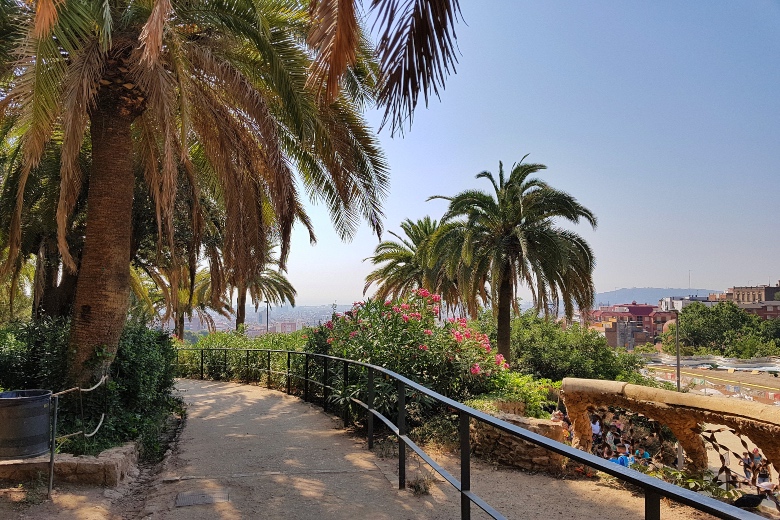
The Gràcia neighbourhood is one of the city’s most underexplored. This area wasn’t even part of Barcelona until the 20th century. The ;layout of tapered streets and little squares has allowed Gràcia to keep its villagey feel. Gràcia is authentic and its vibrance speaks through its many beautiful modernist buildings. Plaça de la Virreina is one of Gràcia’s main squares where you will find Josep Maria Camps’ bronze statue of the biblical character Ruth on top of a fountain. There are plenty of places to eat or drink, and meet new people. La Fiesta de Gràcia is also an eagerly awaited event in Barcelona’s calendar. Taking place in August, streets in the neighbourhood compete to win the prize of being the best decorated.
If you are looking for a change of scenery from the fast pace of the main city, Gràcia is the place for you!
Plaça de Catalunya
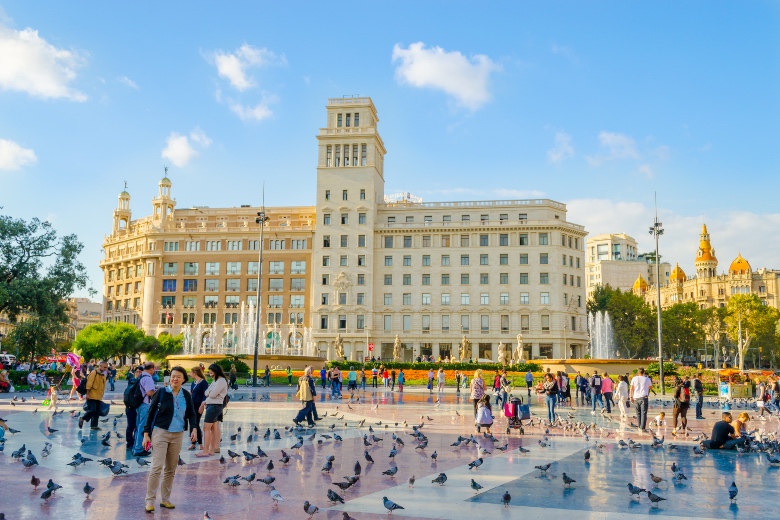
Plaça de Catalunya is the largest square in Barcelona. This is the best meeting point in the city. Whether you are visiting the tourist information centre, getting the metro, or hopping on a regional train, you are sure to find yourself here. The lively square was opened by King Alfonso XIII in 1927 and covers an area of 5 hectares. It features large shopping centres and department stores and many places to grab a bite! There are also fountains and sculptures by well-known artists as Clarà and Llimona at the square.
Go to Plaça de Catalunya and catch an exciting live musical performance!
BONUS ACTIVITY
Dance Flamenco
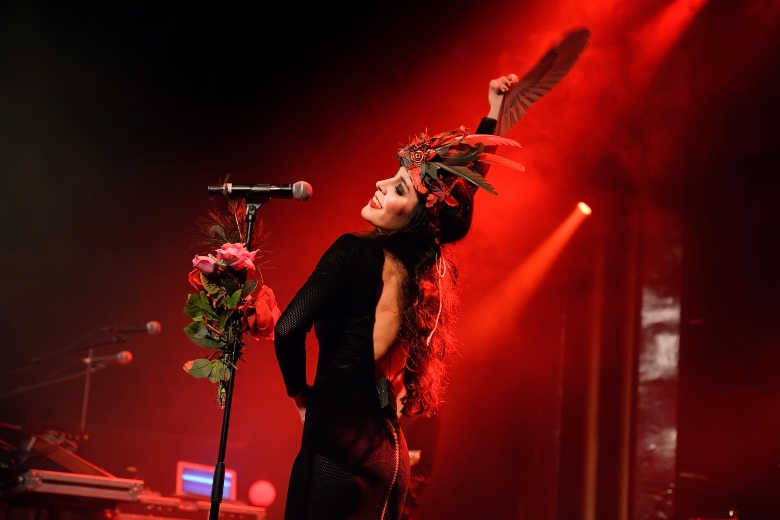
Flamenco originated in the folk music of Spain and was influenced by Spanish, gypsy and Moorish instruments and styles. In Barcelona, Flamenco is very popular. There are sensational tablaos in Barcelona which offer some of the most entertaining live flamenco shows. . In recent years, the city’s long-standing tradition of flamenco has been blended with a newer (and younger) generation of flamenco artists. This has resulted in a flamenco style which is unique to the Catalan region.
Get your Flamenco dancing shoes on, whilst experiencing an important part of the cultural history of Spain.


